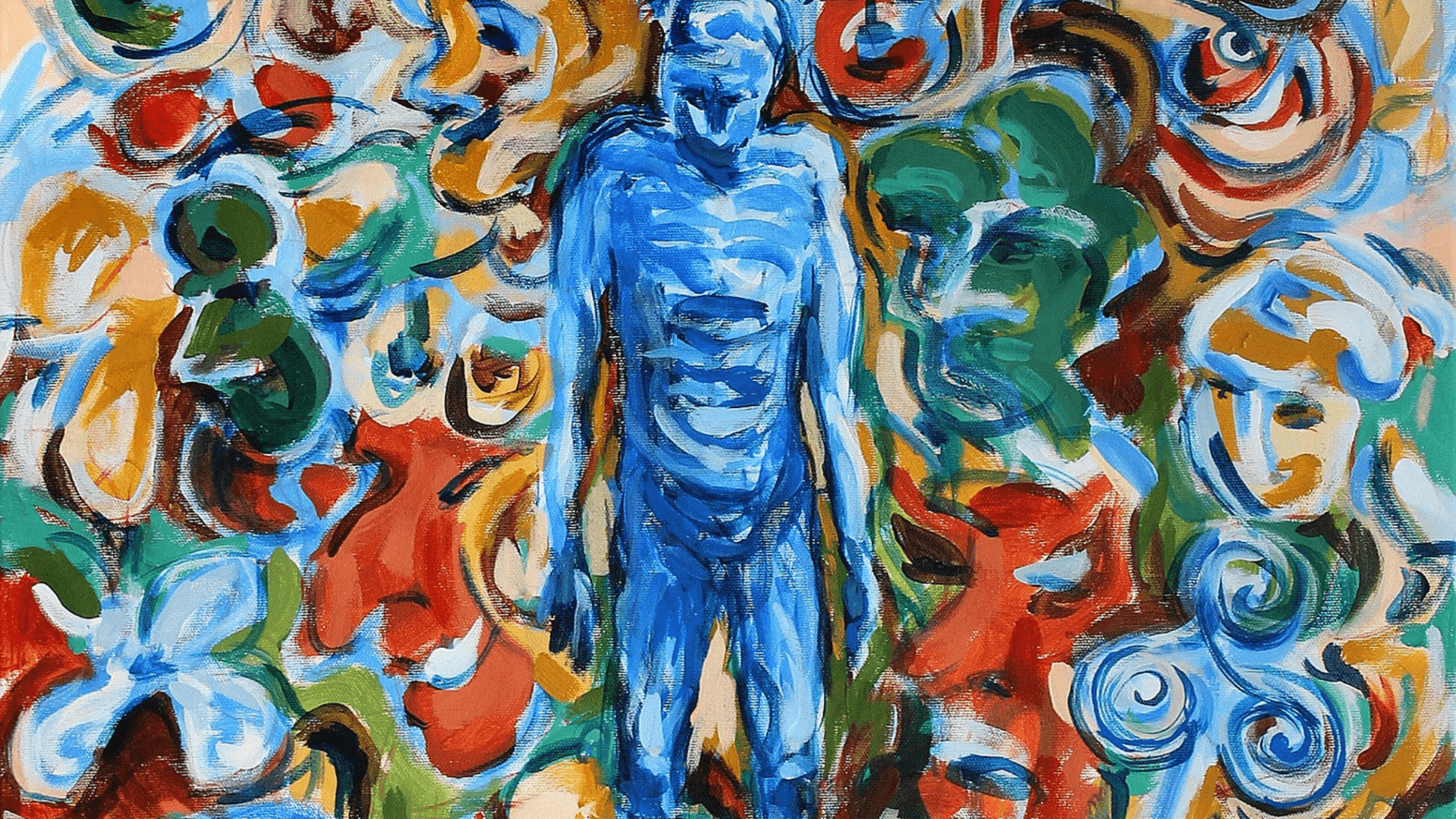When Aqib Khan, 21, first joined Grindr, he was looking for people from his community to connect with. He soon realised however, that even within the queer space, there were certain types of bodies that were preferred over others.
“The first thing I noticed was ‘no fat, no femmes’ written in a lot of bios. The other side of it is something called ‘Chubby Chasers’ where there’s this set of people who desire voluptuous bodies. So, either you’re an outcast or a fetish – that’s what your body is reduced to,” he said.
For Khan, sexuality and the body are inextricably tied. His queer identity in relation to his body is something that he has grappled with a fair bit even as the digital pop culture landscape continues to sell the notion of the ‘perfect gay man’ as one who is chiseled, muscular, and conventionally good looking.
While queer bodies have often been politicised into grounds of contention, the experiences of very real people existing within these bodies are treated as two separate things. Somehow, the body and the queer identity are disjointed, impacting one another insofar as there are some visible, outwardly changes that can be attributed to queerness.
The expectations to look a certain way, both within and outside the community, can make queer individuals uncomfortable with their bodies and feel alienated. For Ashleel*, a 21-year-old queer person, the effects of these expectations exacerbate the dysphoria that non-binary persons face.
“When you’re queer, you’re supposed to look a certain way or you’re not seen as queer enough,” says Ashleel. “There’s very little representation for queer folks who are fat, or not loud or don’t want to wear bright clothes. Also, since clothes play an important role for a lot of people who need to express their gender identity to feel less dysmorphic, it doesn’t help when you don’t get sizes if you’re bigger or if you don’t fit into the ‘accepted’ way of expressing yourself. The way we associate our biology with gender really leads to a lot of dysphoria.”
It is this interrelation between gender, sex, sexuality and the body that the body positivity movement hasn’t addressed yet. Both Khan and Ashleel agree that the movement, while impactful and necessary in its message, is still exclusionary to the realities of several intersections of people who engage with their bodies differently.
This perspective is mirrored by Srishti Pandey, 21, a disability rights activist and student who spent years learning how to navigate the space between her disability and her body.
Also read: The Fault in Our Bras
“I was always the opposite of the standards of conventional beauty: dark, disabled and with scars on my body. For years, I tried to conform to society’s beauty standards of society. What I have learned through this time is that I have every right to choose to love my disabled body. That I am beautiful and hot and cute. That I need not change anything about me anymore.”
When she was younger, Pandey was regarded with the same dissonance that most able-bodied people have with respect to disability. Intrusive questions, suggestions and ableist ‘compliments’ made their way to her in an environment where disability is generally seen as an exclusively physical manifestation that makes the body a mere container of the person. Notions of beauty, sexuality, desire, and even the prospect of a ‘normal’ life are not associated with disabled bodies. As Pandey puts it, “According to society, to be disabled is not only to be ugly but also to have a sad life.”
Growing up, Pandey did not have any persons with disability – specifically women – role models to look up to. She had to learn how to be kind to her body herself, and on some days, it’s still a work-in-progress. Her hope is for the body positivity movement to embrace intersectionality and reach out to many more individuals learning to love themselves.
Anushka Mandal, 24, has been on insulin since she was eight. For her, self-acceptance was never an issue; her struggle lay in adapting her life around her type-1 diabetes diagnosis.
“I did not particularly share an unhealthy relationship with my body,” says Mandal. “I was fat shamed, but I never hated my body because of it. I just pitied the shamers.”
Yet, her disorder was not something she was able to reconcile with till much later. Chronic conditions like PCOS, diabetes etc., alter the way one interacts with their body. The impact of health becomes more significant in the relationship with the body, and it takes greater effort, perseverance, and discipline to take care of oneself. For many people, this journey of self-care is arduous and challenging, and the pressure to fit into a mould can foster resentment towards their diagnosis. Mandal herself had to rearrange her life, but she did it on her own time.
“I pride myself on changing when I felt I needed to and never adjusted my pace to match anyone. The disorder that I once hated became a guiding factor for me to understand how to regulate my food habits and lifestyle. Even though I am still far from my goal, I have never loved my body more than I love it today,” she says.
Mandal is now more optimistic than ever about the body positivity movement. She joined the movement over 12 years ago, and has witnessed how the discussion has evolved and continues to develop into a more candid, honest, and open phenomenon. She looks to the future where health issues will become a deeper part of the conversation, and every kind of body will feel normal –because they are – and accepted.
Tania Mitra is an undergraduate student of literature at Jadavpur University. She identifies as a queer person.
Featured image credit: Pixabay

